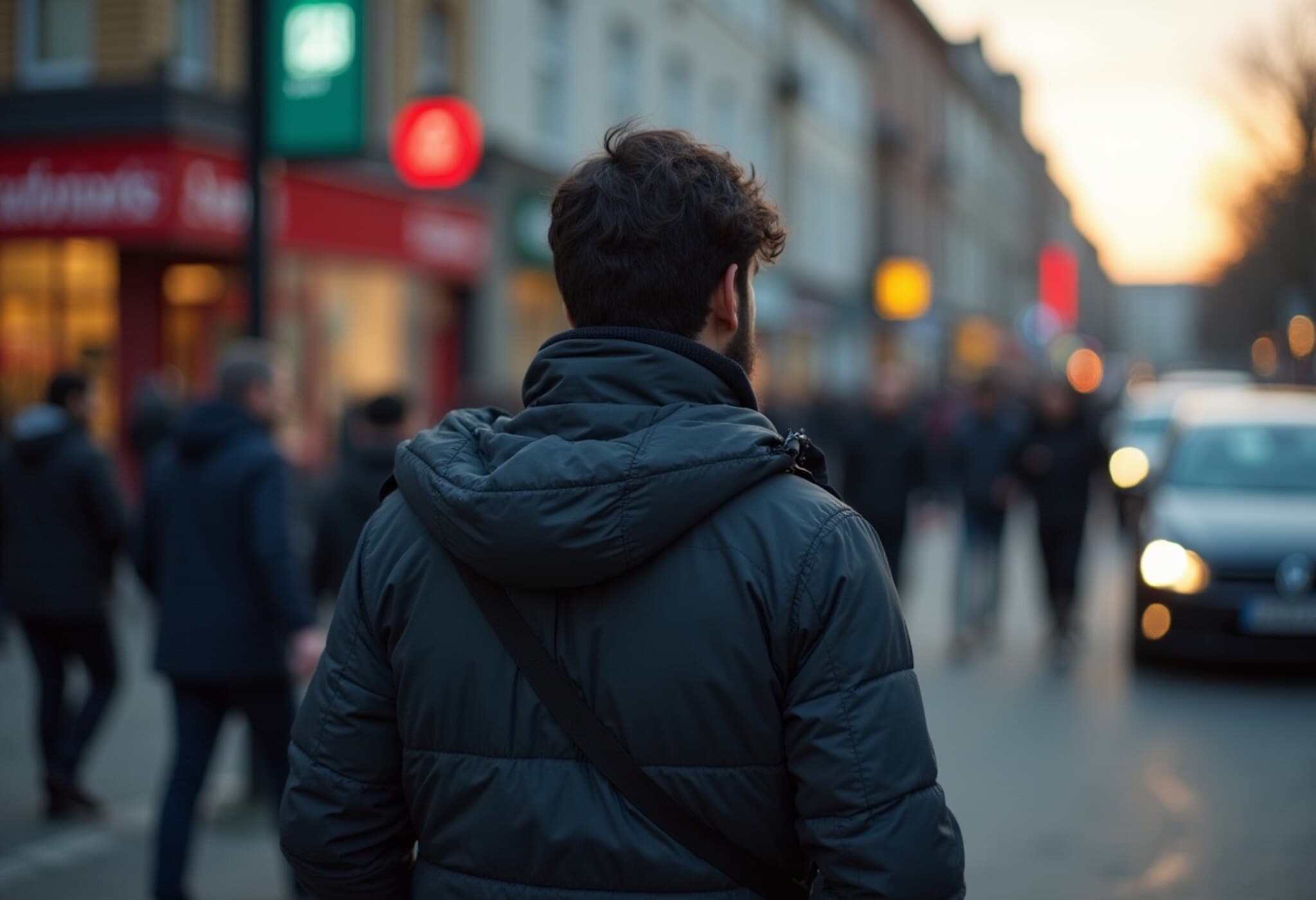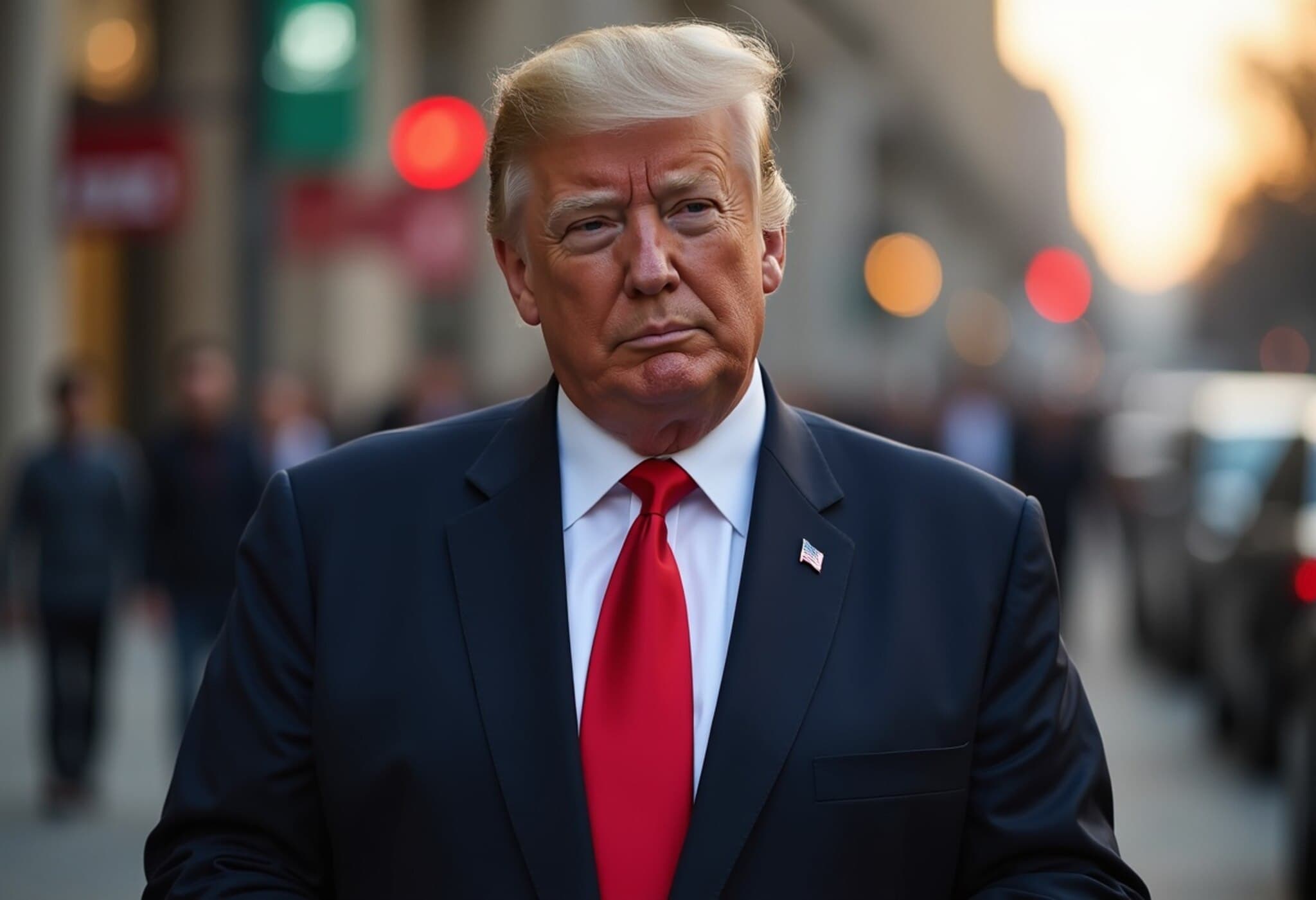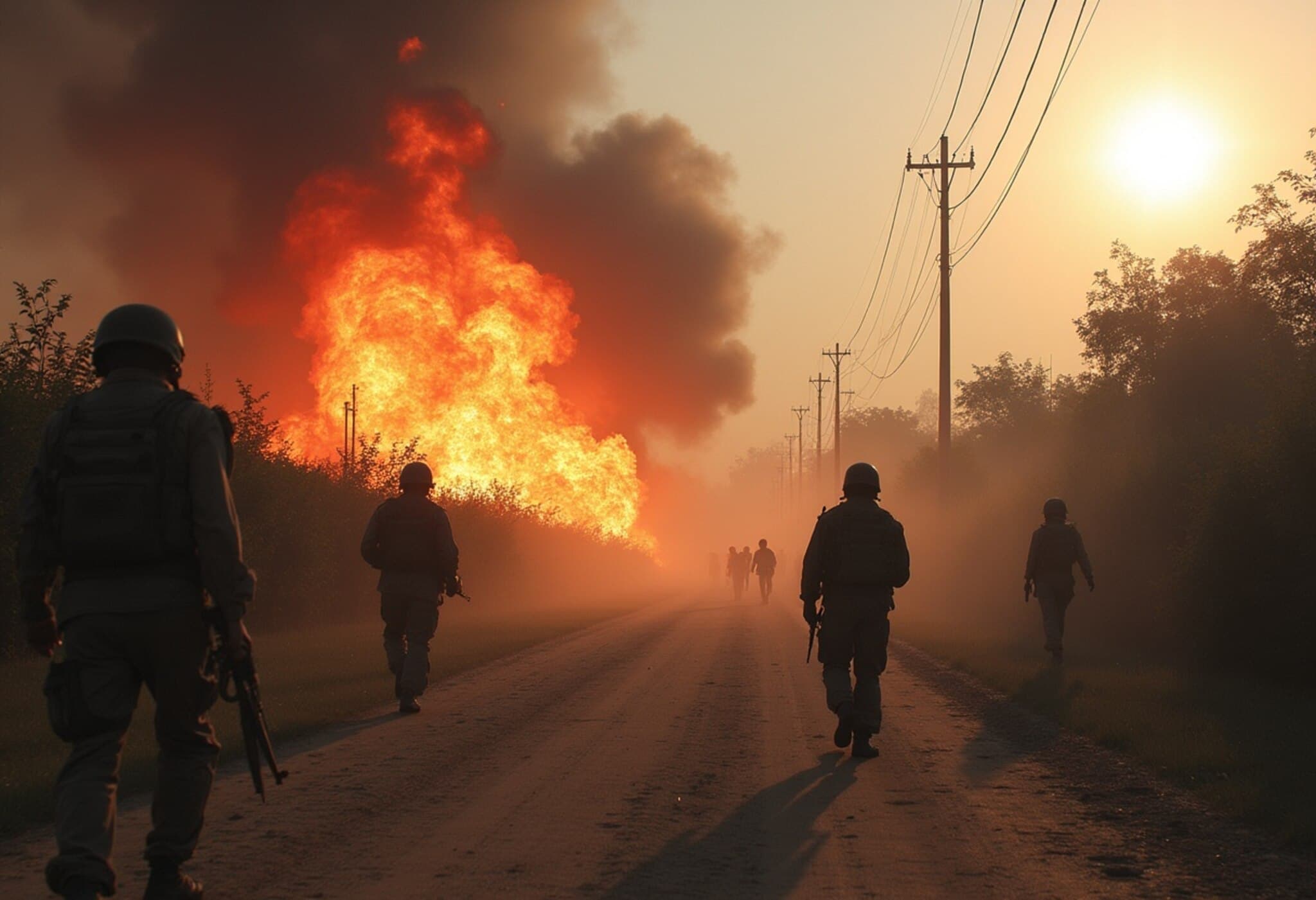Global Safety Index 2025: UAE Leads While India Faces Safety Challenges
In an era when global travel and migration expose us all to varying degrees of risk and uncertainty, understanding which countries offer the safest environments remains crucial for tourists, expatriates, and policymakers alike. According to Numbeo's 2025 mid-year Safety Index, the United Arab Emirates emerges as the safest country worldwide, while India finds itself trailing behind several neighbors and regional players, raising questions about public security and infrastructure challenges.
How Safety Was Measured
The Numbeo Safety Index surveys perceptions of personal safety across 148 countries, relying on public feedback regarding experiences or fears of crime. The index factors in risks such as mugging, robbery, car theft, physical assault, harassment in public spaces, and discrimination based on ethnicity, gender, religion, or skin color. It also considers property crimes and violent acts including assault and homicide.
Each country receives a safety score from 1 to 100, providing a comparative snapshot of feelings of security during both day and night.
Top 10 Safest Countries in 2025
Leading the pack, the UAE scores an impressive 85.2, reflecting its investment in law enforcement and public safety infrastructure. Surprisingly, several lesser-known or smaller countries also rank highly:
- 2. Andorra (84.8) – A tiny principality in the Pyrenees proving that security is possible regardless of size.
- 3. Qatar (84.6) – Benefitting from economic wealth and strict law enforcement.
- Others in the top 10 include Taiwan, Macao, Oman, Isle of Man, Hong Kong, Armenia, and Singapore, all scoring above 77.
Countries Facing Significant Safety Challenges
At the other extreme, some nations grapple with profound instability and violence. Haiti ranks as the least safe country with a distressing score of 19.0, amid rising gang activity and economic hardship. Papua New Guinea, Venezuela, Afghanistan, and South Africa also feature in the bottom five, with safety scores below 26.
- Other countries with low rankings include Honduras, Trinidad and Tobago, Syria, Jamaica, and Peru.
India's Position and Regional Comparisons
India ranks 67th with a safety score of 55.8, a middling performance reflecting ongoing concerns about crime, discrimination, and public safety in both urban and rural areas. Notably, India lags behind neighboring Pakistan (57.6), Sri Lanka (57.7), and even Iraq (58.1), countries often perceived as geopolitically unstable.
This ranking prompts critical reflection on India's internal security structures, law enforcement effectiveness, and social cohesion policies. With a booming population and significant economic growth, India’s safety index serves as a reminder of the complex, multifaceted challenges affecting public confidence worldwide.
Expert Analysis: What Drives Safety Perceptions?
Security experts emphasize that safety is deeply tied to governance, social equity, and economic opportunity. Wealthy nations with robust legal systems and low corruption typically fare better. However, the subjective nature of perception-based indices means they also reflect cultural attitudes toward crime and trust in institutions.
Additionally, the rapid urbanization seen in many developing countries like India increases vulnerability to crime in mega-cities without accompanying investment in policing and social services.
Implications for Travelers and Policymakers
For global travelers, these safety rankings offer a valuable guide when planning trips, encouraging caution in lower-ranked regions and reinforcing confidence in the safest countries.
For governments, this data underlines the urgent need to bolster public safety measures, address socioeconomic disparities, and enhance policing and legal frameworks. International cooperation and community-based initiatives may also play a role in addressing issues ranging from violent crime to systemic discrimination.
Editor's Note
While indices like Numbeo’s provide important insights, they only offer a snapshot reliant on subjective perceptions rather than objective crime statistics. India's position below some regional neighbors invites deeper inquiry into the social dynamics and governance issues influencing public safety. Readers should consider these rankings as part of a broader context that includes economic, political, and cultural factors shaping safety worldwide.
Ultimately, understanding safety as a lived experience is key to fostering communities where all individuals can thrive without fear.













